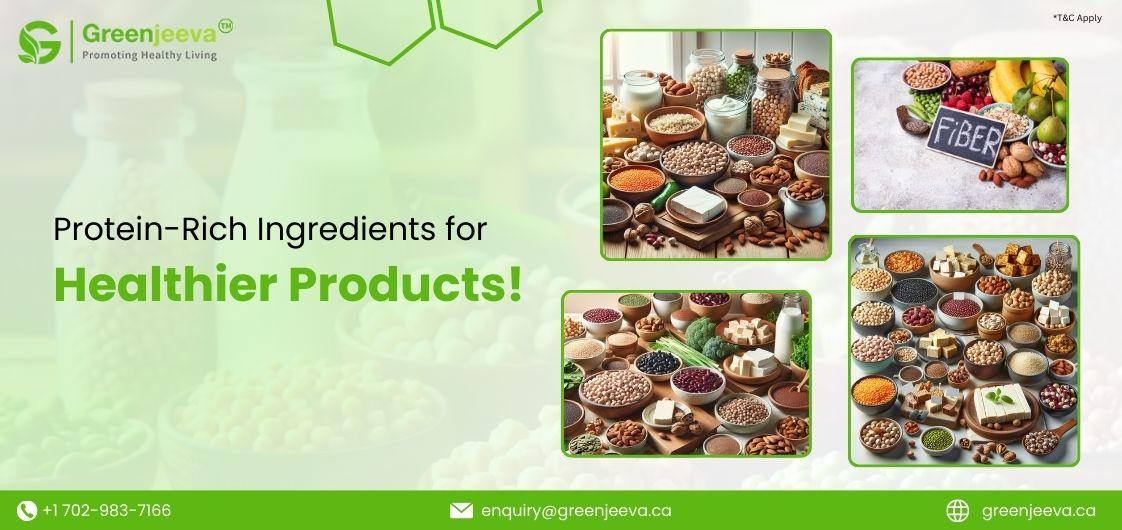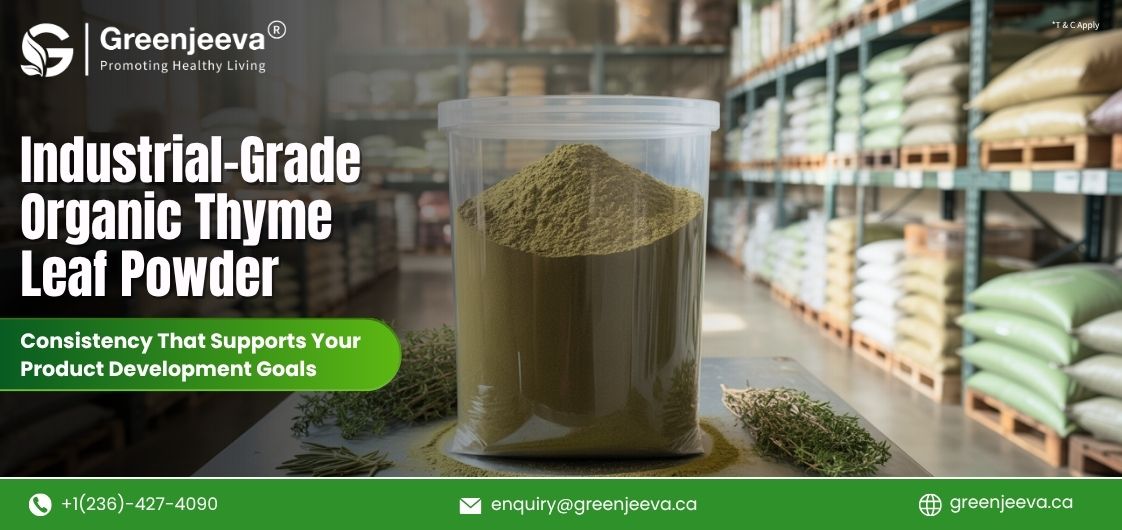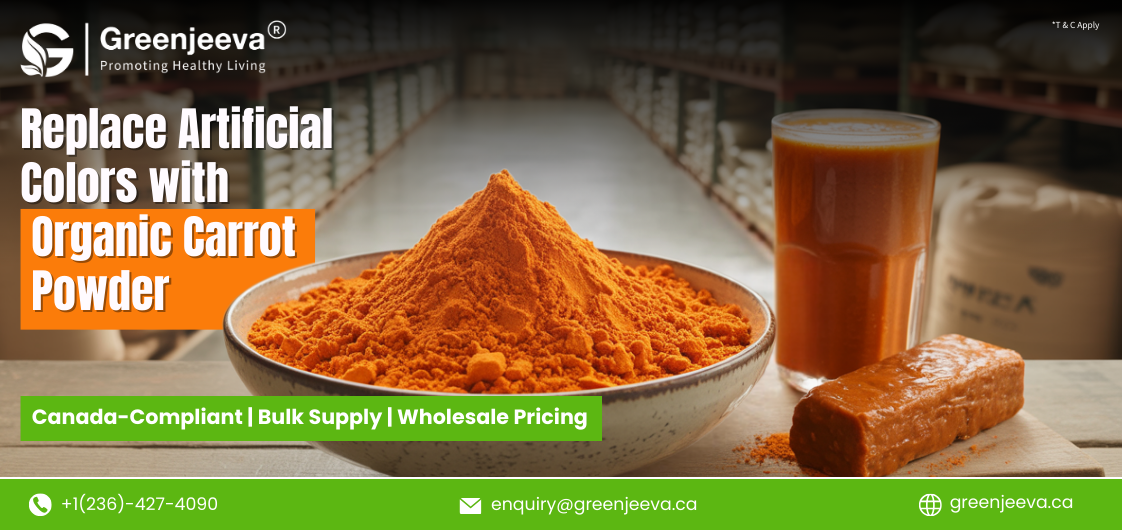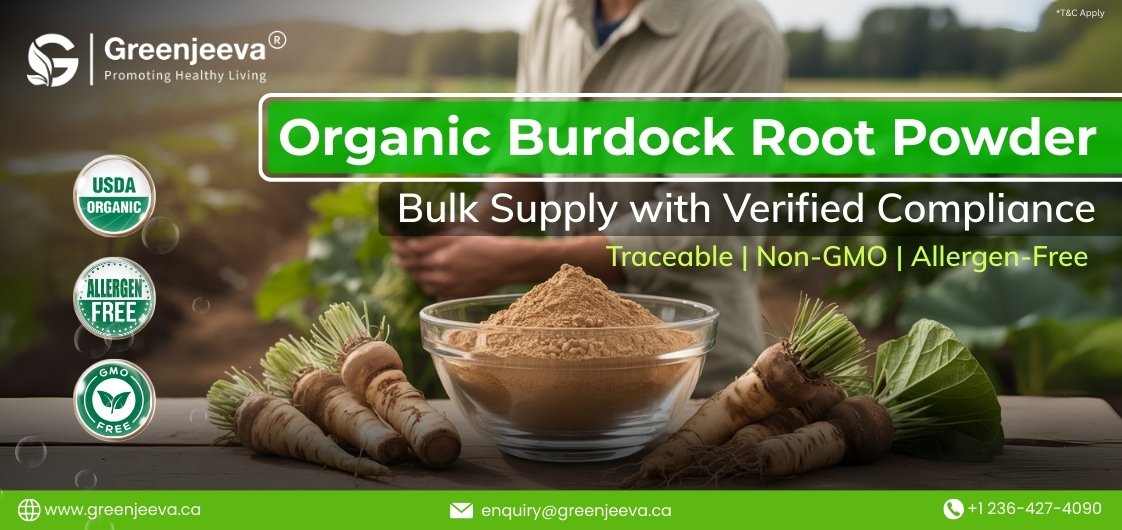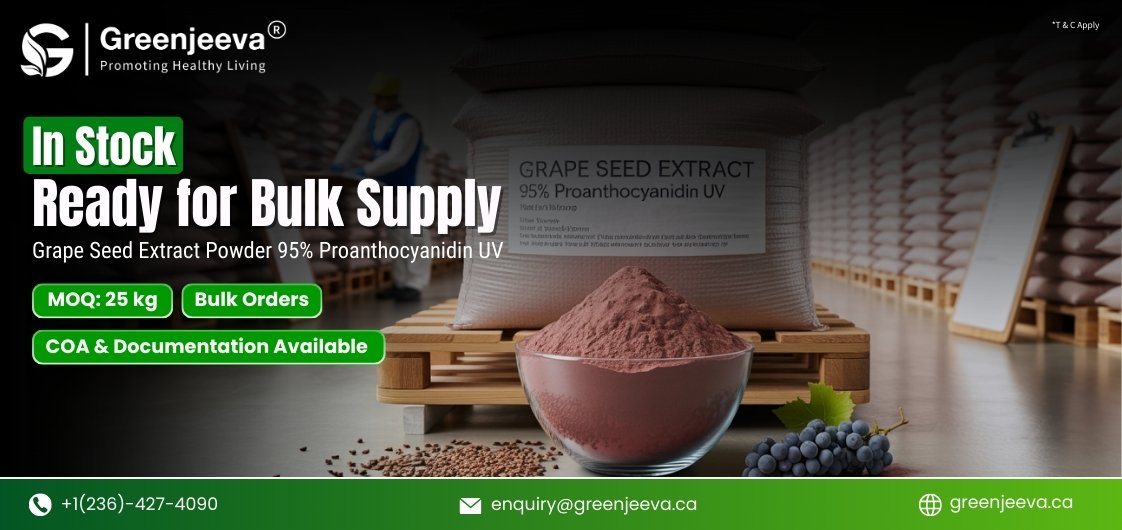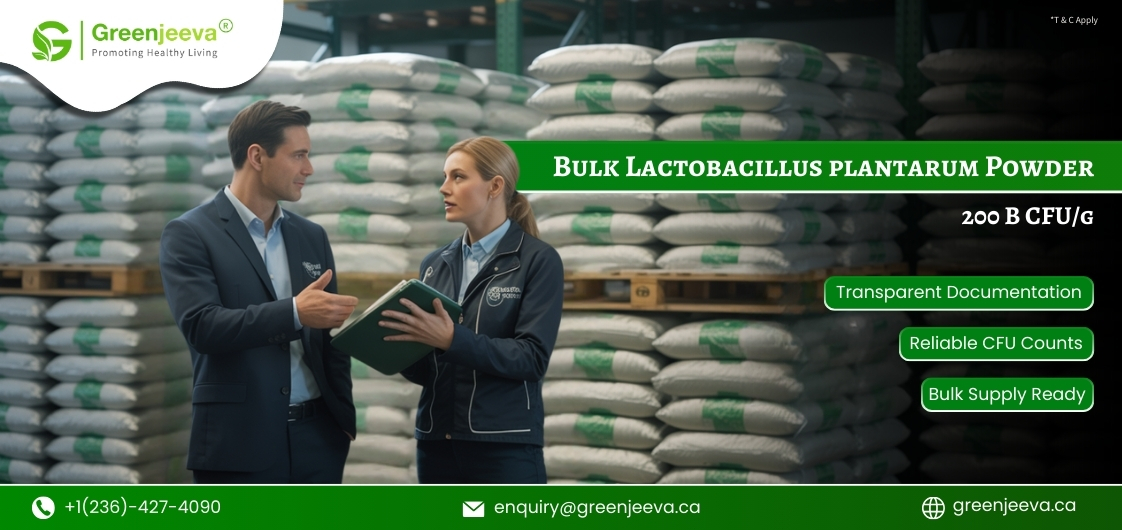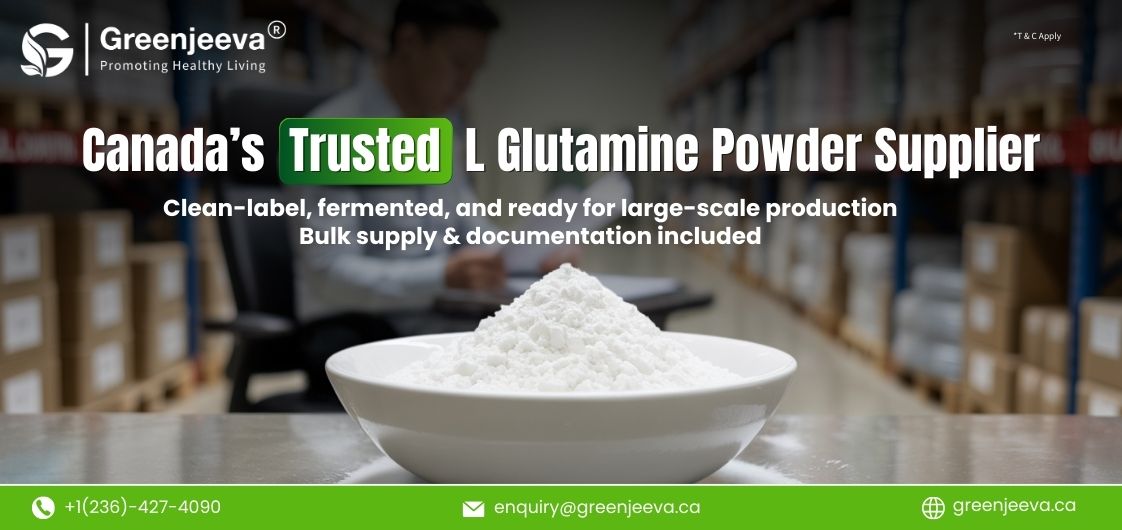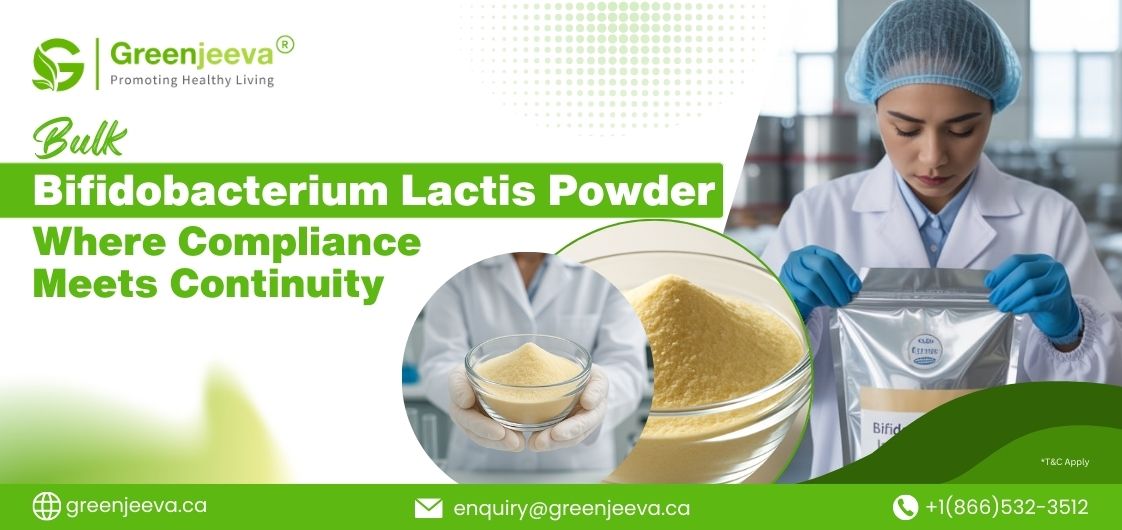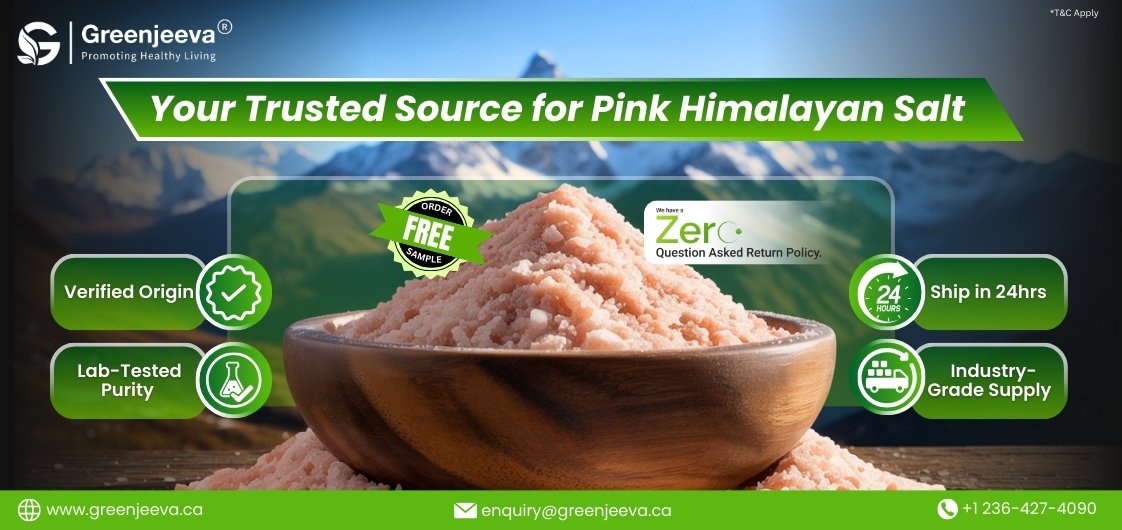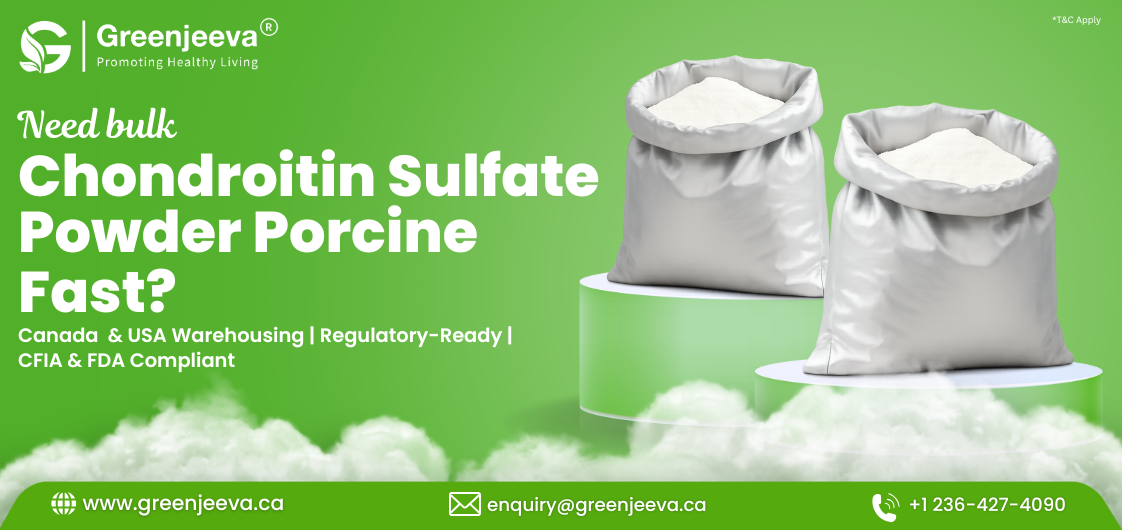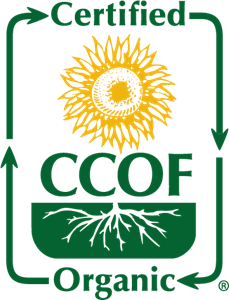In recent years, the health food sector has experienced a seismic shift towards protein-rich ingredients. With consumers increasingly aware of the vital role that protein plays in maintaining overall health, manufacturers are responding to this demand by incorporating high-protein extracts into their product lines. This blog explores the growing popularity of protein-rich ingredients, the benefits of high-protein extracts, and how they fit into modern dietary trends.
The Growing Demand for Protein-Rich Ingredients
The drive towards protein-rich diets is fueled by various factors, including heightened health awareness, the rise of fitness culture, and the increasing prevalence of vegetarian and vegan lifestyles. As consumers seek ways to enhance their diets and meet their nutritional needs, the focus on protein has become more pronounced.
Research indicates that a significant portion of consumers now prioritizes protein intake, viewing it as a cornerstone of a balanced diet. According to a recent survey, over 70% of consumers are actively trying to increase their protein consumption, further validating the demand for protein-rich products.
High-Protein Extracts: A Nutritional Powerhouse
High-protein extracts are derived from various sources, including plants, dairy, and eggs, offering a range of nutritional benefits. Here are a few popular types of high-protein extracts making waves in the health food industry:
1. Pea Protein: Derived from yellow peas, pea protein is an excellent plant-based protein source that is hypoallergenic and easily digestible. It’s a popular choice for vegan protein powders, bars, and meat alternatives.
2. Soy Protein: Soy protein is another well-known plant-based extract that provides all essential amino acids, making it a complete protein source. It’s commonly found in plant-based meats and dairy alternatives.
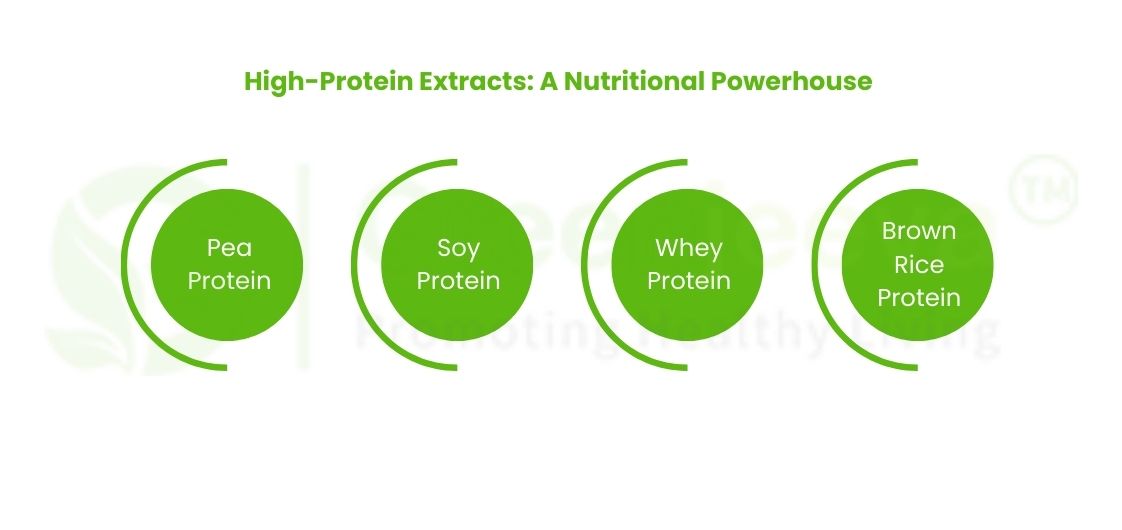
3. Whey Protein: Extracted from milk during cheese production, whey protein is a staple in the sports nutrition industry. Known for its high biological value, whey is ideal for muscle recovery and growth.
4. Brown Rice Protein: While not a complete protein on its own, brown rice protein can complement other protein sources. It’s often blended with pea protein to enhance the amino acid profile in protein powders.
Benefits of High-Protein Extracts
Incorporating high-protein extracts into product formulations offers several advantages that cater to the demands of health-conscious consumers:
– Satiety: Protein is known for its satiating properties, helping consumers feel fuller for longer. This can aid in weight management, making high-protein products an appealing option for those looking to control their appetite.
– Muscle Maintenance and Growth: For active individuals, protein is essential for muscle repair and growth. High-protein extracts provide a convenient way to support fitness goals, especially in post-workout nutrition.
– Nutritional Versatility: High-protein extracts can be easily integrated into a variety of products, including protein bars, smoothies, baked goods, and snack foods. This versatility allows manufacturers to create innovative offerings that appeal to diverse consumer preferences.
– Health Benefits: Many protein-rich ingredients come with additional health benefits. For example, plant-based proteins are often rich in fiber, vitamins, and minerals, contributing to overall health and wellness.
How High-Protein Extracts Fit into Modern Dietary Trends
The current dietary landscape is characterized by a strong emphasis on health and wellness. As consumers gravitate toward diets rich in whole foods and plant-based options, protein-rich ingredients have taken center stage. Here’s how high-protein extracts align with these trends:
– Plant-Based Movement: With the rise of vegetarian and vegan diets, plant-based protein sources like pea and soy protein are becoming increasingly popular. High-protein extracts allow manufacturers to create plant-based products that meet the protein needs of consumers without compromising on taste or texture.
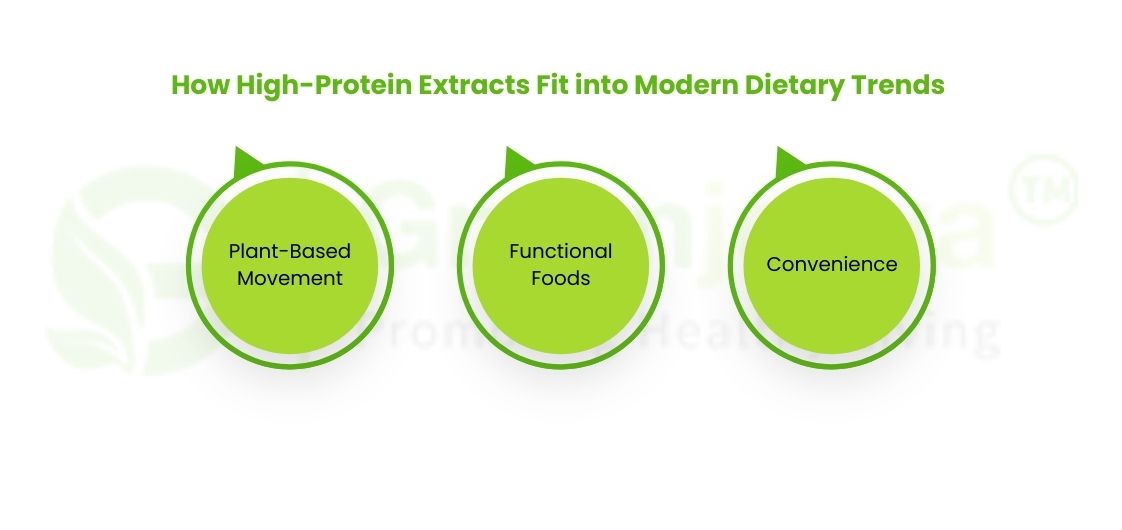
– Functional Foods: The concept of functional foods—products designed to provide health benefits beyond basic nutrition—continues to gain traction. High-protein extracts enable manufacturers to develop functional snacks and meals that cater to specific health goals, such as muscle recovery or weight management.
– Convenience: Busy lifestyles have led to a demand for convenient, on-the-go options that fit into consumers’ daily routines. High-protein snacks and ready-to-drink protein shakes are ideal solutions for those seeking quick and nutritious meal alternatives.
The Business Opportunity for B2B Clients
For businesses in the food and beverage sector, the rise of protein-rich ingredients presents a significant opportunity. By incorporating high-protein extracts into product lines, manufacturers can attract health-conscious consumers and capitalize on current dietary trends.
Here are a few strategies for B2B clients to consider:
– Ingredient Sourcing: Partnering with reputable suppliers of high-protein extracts ensures access to high-quality, sustainably sourced ingredients. This can enhance product formulations and bolster brand credibility.
– Innovation and Differentiation: Explore unique applications of high-protein extracts to create innovative products that stand out in a crowded market. Whether it’s a new flavor profile or a functional benefit, differentiation is key.
– Consumer Education: Educating consumers about the benefits of protein-rich ingredients can drive interest and increase sales. Consider developing marketing materials that highlight the advantages of your high-protein offerings.
Conclusion
The rise of protein-rich ingredients, particularly high-protein extracts, is reshaping the health food landscape. As consumers increasingly prioritize protein in their diets, B2B clients have a unique opportunity to innovate and capitalize on this trend. By sourcing high-quality protein-rich ingredients and incorporating them into diverse product offerings, manufacturers can meet the growing demand for health-focused solutions that appeal to today’s consumers.
**The Food and Drug Administration has not evaluated these statements. This product is not intended to diagnose, treat, cure, or prevent any disease.**


